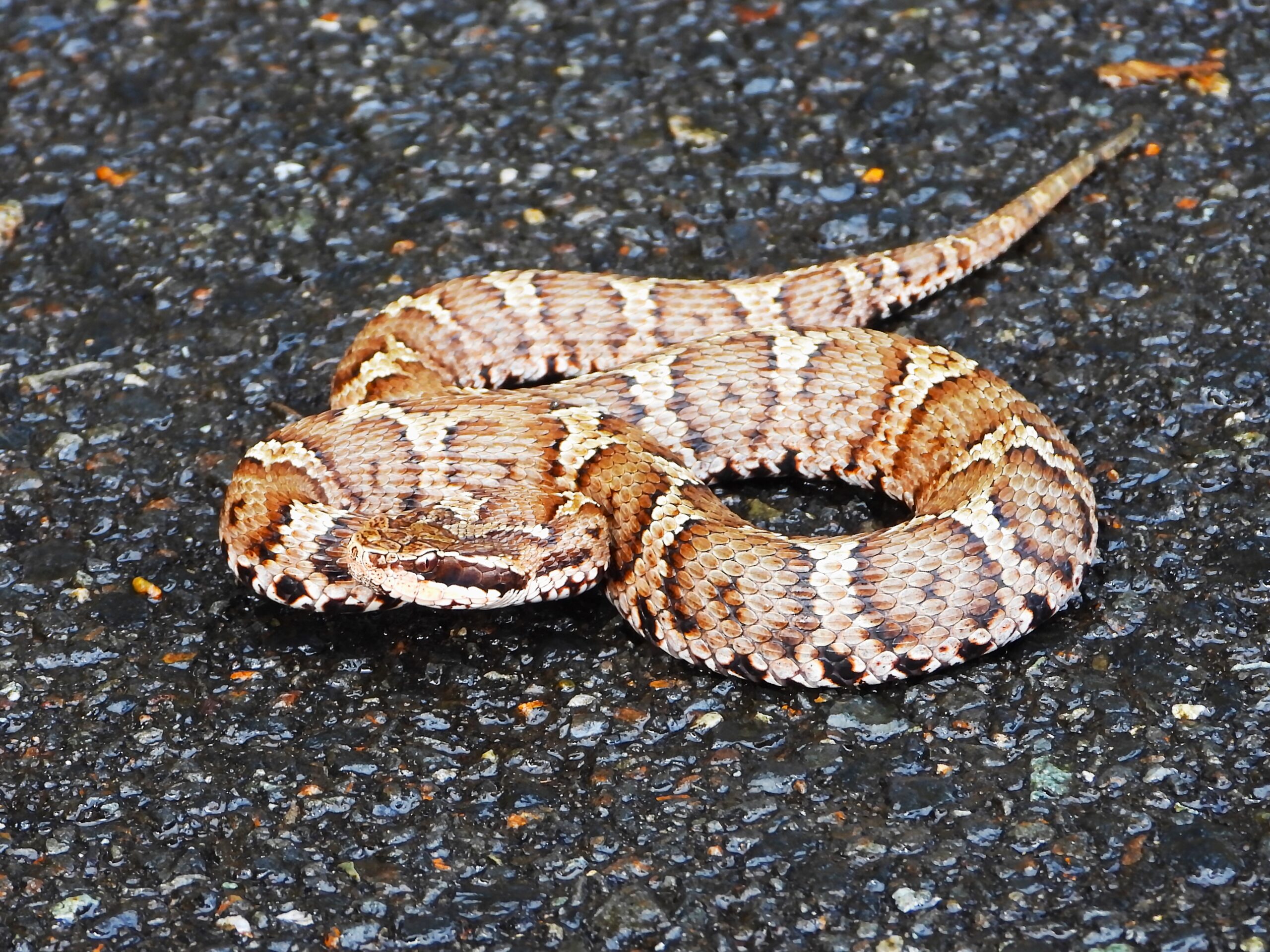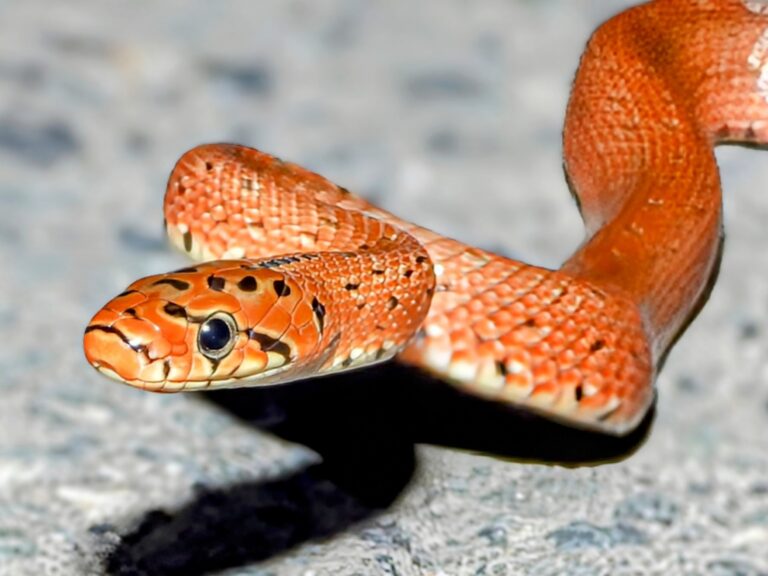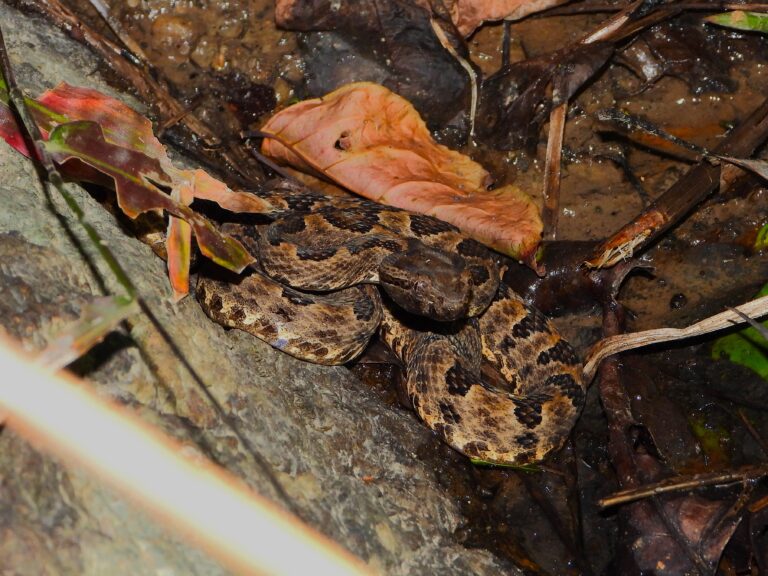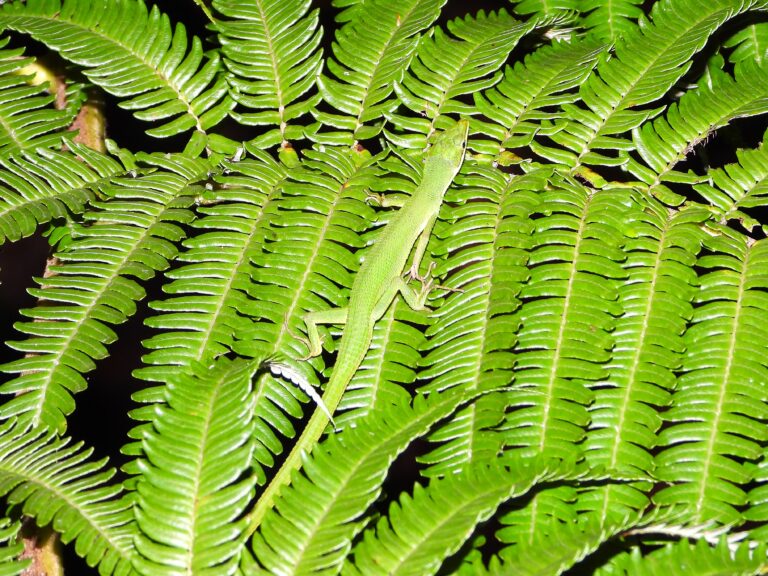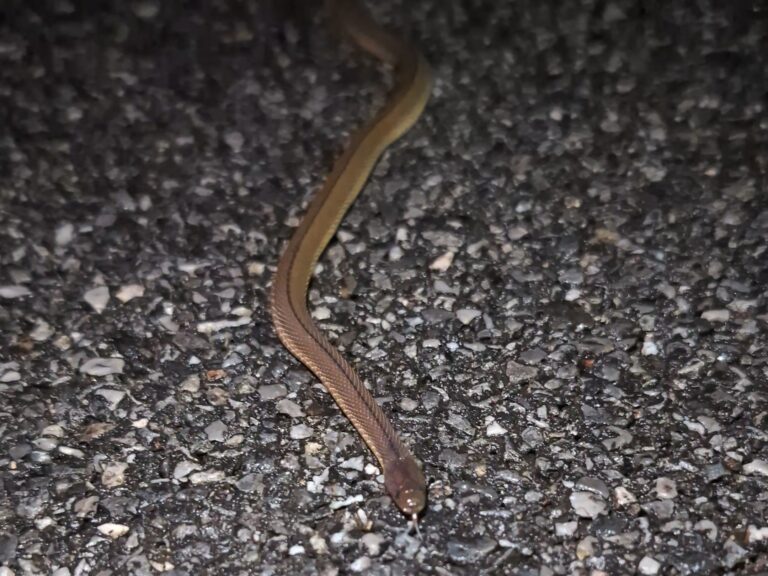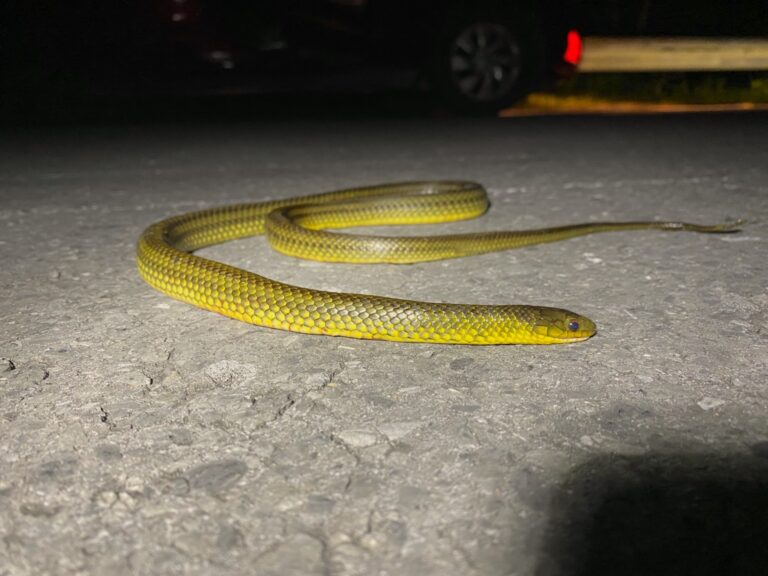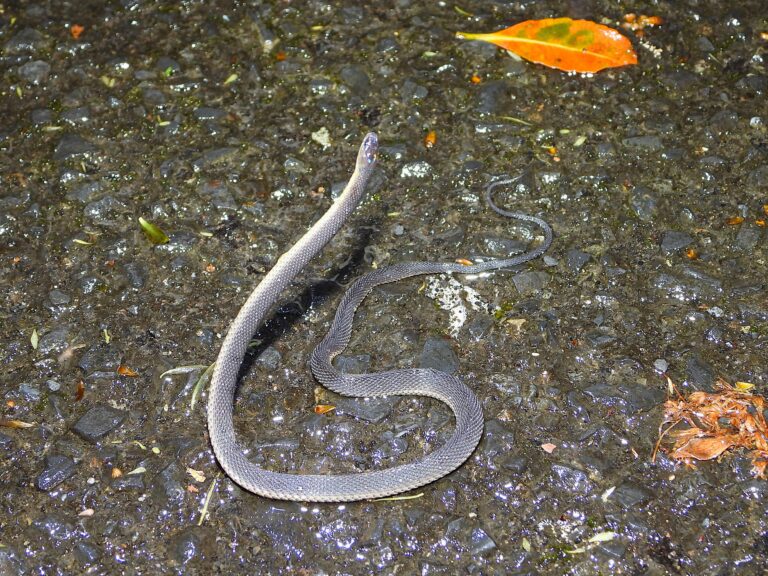Japanese Mamushi (Gloydius blomhoffii) – Wildlife of Japan
Introduction
The Japanese Mamushi is a small, stout pit viper in the family Viperidae, widely distributed across mainland Japan. Although venomous and responsible for many snakebite incidents each year, it is a shy, ambush-oriented predator that usually bites only when stepped on or provoked. Knowing its typical look, habits, and haunts lets you observe it safely while appreciating its role controlling rodents and frogs.
Appearance
Adults are usually 45–60 cm with a thick body and short tail. Base color ranges gray-brown to reddish-brown, overlaid with dark hourglass-shaped bands from neck to tail. The head is distinctly triangular with a narrow neck, and the pupils are vertical. Like other pit vipers, Mamushi have a small heat-sensing pit between eye and nostril. Juveniles often have a pale tail tip and may wiggle it; this behavior can attract prey at close range.
Habitat
Mamushi favor edge habitats: sunny banks of rice fields and irrigation ditches, grassy margins, stone walls, forest edges, stream sides, and open clearings with low cover. They use grasses, stones, and fallen branches for concealment and thermoregulation. The species occurs on Hokkaido, Honshu, Shikoku, and Kyushu, but is absent from Okinawa; in the Ryukyus, other vipers (e.g., Habu) occupy similar niches.
Behavior
Primarily an ambush predator, Mamushi spends long periods motionless and strikes when prey comes within range. Activity peaks spring through autumn; in hot midsummer it is more active during cooler parts of the day and night, with morning basking when temperatures are mild. In winter it hibernates in sheltered sites such as crevices or burrows.
Diet
Mamushi feed on small mammals (mice, voles), frogs and toads, lizards, and occasionally small birds; invertebrates such as centipedes may also be taken.
Reproduction
Mamushi are viviparous (give birth to live young). Mating occurs mainly in late summer (August–September). Females give birth from late summer into early autumn (often September–October). Litter size varies by region and female size, typically around 2–8, with study averages ranging roughly from 4 to 7.
Conservation
Assessed as Least Concern on the IUCN Red List, with a wide range and overall stable populations. Local declines may occur where edge habitats are lost or snakes are persecuted. As mid-level predators, Mamushi help regulate rodent and amphibian populations; maintaining edge habitats supports both biodiversity and human–wildlife coexistence.
Author’s Impression
On summer days after rain, I scan sunny stone walls and rice-paddy edges—classic Mamushi spots. When I do find one, it’s usually coiled and motionless, relying on camouflage. I give it space, take a quick photo from a safe distance, and move on. Respect goes a long way with this species: watch your step, and it will usually watch you back without incident. Its appearance is striking and may tempt you to get closer, but this snake is truly dangerous—always observe from a distance without approaching.
Field Safety Notes (brief)
• Wear boots and long pants in tall grass and field edges.
• Step on, not over, logs and stones; check the far side before placing hands or feet.
• Never attempt to handle or corner a Mamushi. If encountered, give space and let it retreat.
• If bitten, seek medical care immediately. Keep the limb still; do not cut, suck, or apply a tight tourniquet.

